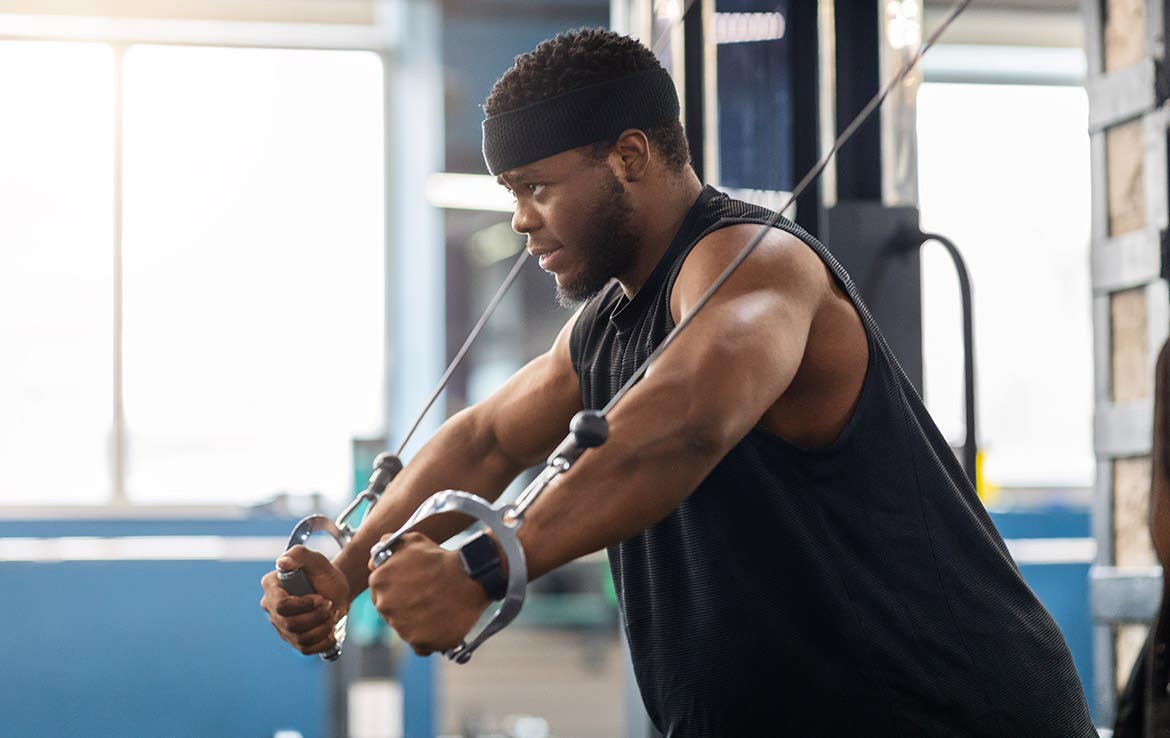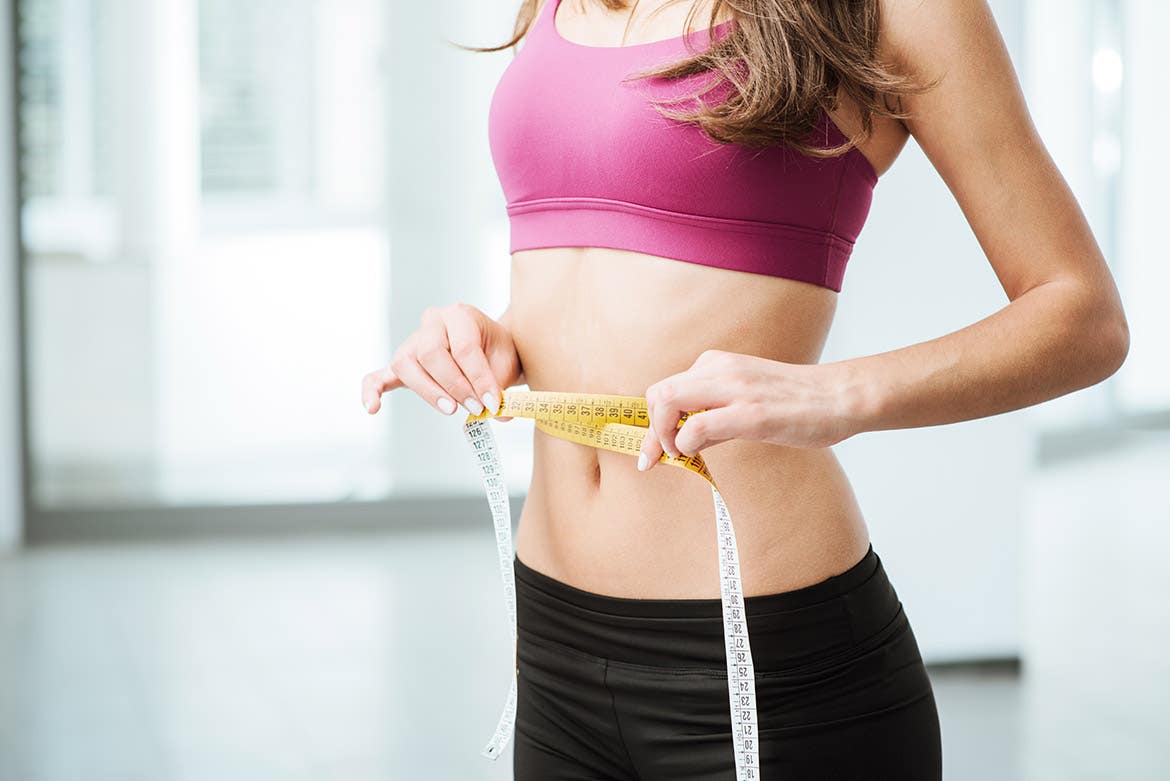What Heart Rate Burns Fat? Optimal Heart Rate for Exercise

Source: shutterstock.com/Prostock-studio
It’s always good to hit the gym. It keeps you healthy and, honestly, after a while, it just starts to feel good and you want to keep going. However, if you want to optimize your time in the gym, you likely want to know how to be maximally efficient when it comes to building muscle and burning fat. Sure, it’s always good to be in the gym, but it’s also always good to be efficient.
Will Any Heart Rate Burn Fat?
Sure, anytime you’re getting your heart rate elevated, you’re burning fat at some level. Just how much really depends on the heart rate you’re at, though. Want to make sure you’re hitting that target heart rate? A heart rate monitor takes the guesswork out of working out! Not all heart rates are equal for burning fat and will even vary from person to person, so you want to target these zones specifically.
Is There a Magic Number?
Actually, yeah. You want your heart rate to be at about 70 percent of your maximum heart rate to optimally burn fat. Will 71 percent immediately start burning the muscle right off your body? No, of course not (how terrifying would that be?). Seventy percent is an approximation and a rate you want to shoot for, but it’s not the only useful percentage. As long as you’re in the ballpark of 70 percent, you’re in good shape to burn fat.
Track Your Performance with a Heart Rate Monitor
Let’s Calculate Maximum Heart Rate
Calculating your maximum heart rate is super easy, even if you’ve never done it before. Start with 220 and subtract your age from it — i.e., a 35-year-old would have a maximum heart rate of 220-35, or 185 beats per minute (BPM). Seventy percent of that BPM would be 130 BPM and what you’d want to shoot for. This will depend on your level of fitness overall, too, but it’s a good rule of thumb and close enough that you can always count on it as a baseline.


Source: shutterstock.com/Dmytrenko Vlad
How Do I Hit That Target?
There’s plenty of wearable tech out there that allows you to track your heart rate. Smartwatches and health armbands and bracelets go a long way in giving you an idea of your heart rate at all times. If you want to dial it in even more, you can opt for a wearable heart rate monitor. Sure, it’s an investment, and it’ll take some getting used to, but it’ll provide you with really useful and accurate data if you’re trying to get the most out of your workouts. If you like to cross-train and get in the pool, you can get a waterproof heart rate monitor so you can target your optimal heart rate — even in the water.


Source: shutterstock.com/Stock-Asso
What Workouts Help Burn Fat?
Well, any vigorous exercise will burn fat. The best way is to find a type of exercise you like doing and stick with that. It’ll make things easier. If you aren’t sure what’s going to work for you, any moderately strenuous aerobic workout like an easy jog, swim or cycle will go far. Less is more here, though. If you’re pushing yourself well beyond that 70 percent, you’re definitely working hard, but you may not be staying in that ideal fat-burning zone.
Kick Your Swims Up a Notch Using a Waterproof Heart Rate Monitor
Beyond just trying to meticulously target that 70 percent rate, you also want to make sure you’re working just as hard in the kitchen. As the saying goes, you can’t out-train a bad diet. You work hard in the gym, so make sure your meals are working with you and not against you when you’re trying to burn fat.